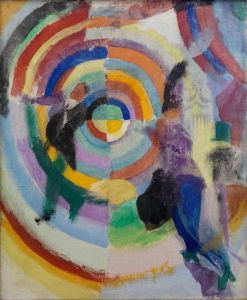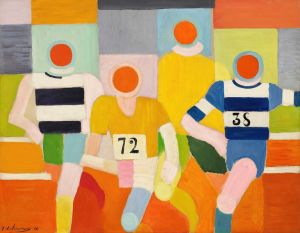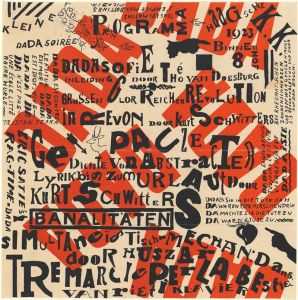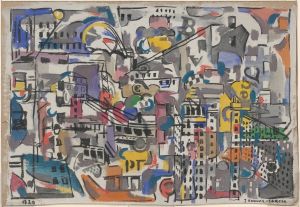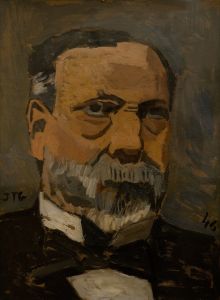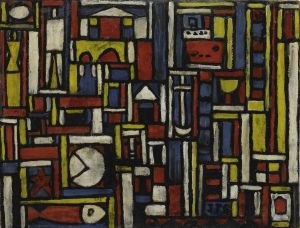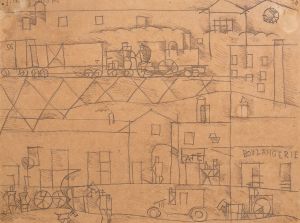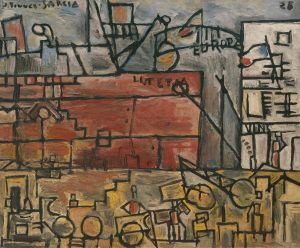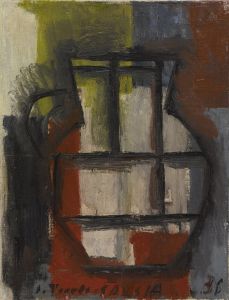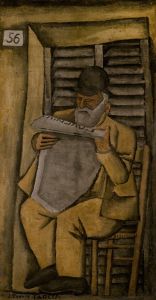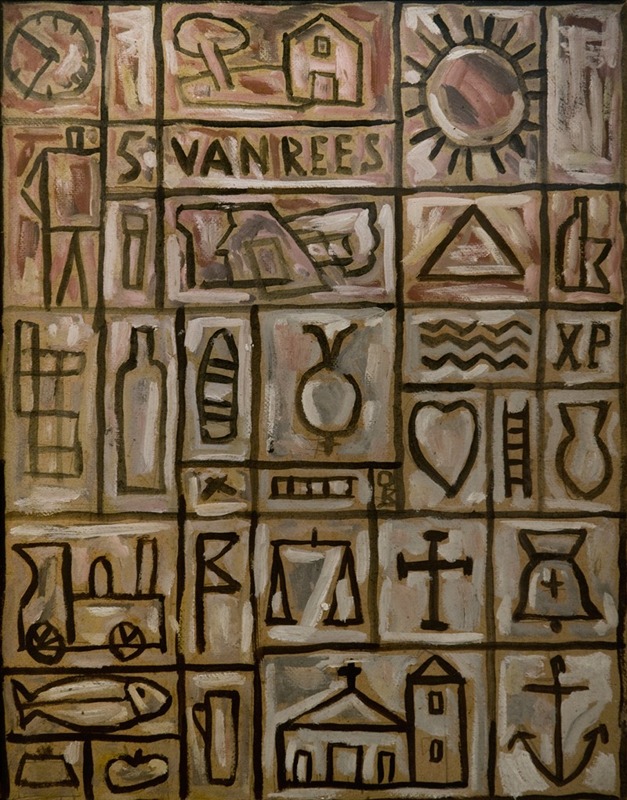
Pintura constructiva
A hand-painted replica of Joaquín Torres-García’s masterpiece Pintura constructiva, meticulously crafted by professional artists to capture the true essence of the original. Each piece is created with museum-quality canvas and rare mineral pigments, carefully painted by experienced artists with delicate brushstrokes and rich, layered colors to perfectly recreate the texture of the original artwork. Unlike machine-printed reproductions, this hand-painted version brings the painting to life, infused with the artist’s emotions and skill in every stroke. Whether for personal collection or home decoration, it instantly elevates the artistic atmosphere of any space.
"Pintura constructiva" is a notable painting by the Uruguayan artist Joaquín Torres-García, created in 1931. Torres-García is recognized as one of the most influential figures in Latin American modern art, and his work often reflects a synthesis of various artistic movements, including Constructivism, Cubism, and indigenous art forms.
Joaquín Torres-García was born on July 28, 1874, in Montevideo, Uruguay. He spent a significant part of his career in Europe, particularly in Spain and France, where he interacted with prominent avant-garde artists and movements. His return to Uruguay in 1934 marked a pivotal moment in his career, as he sought to develop a unique artistic language that combined European modernist principles with Latin American cultural elements.
"Pintura constructiva" exemplifies Torres-García's Constructivist approach, which he adapted to create what he called "Constructive Universalism." This style is characterized by a grid-like structure filled with symbolic and geometric forms. The painting features a harmonious arrangement of shapes and lines, often incorporating symbols such as the sun, moon, fish, and human figures. These elements are not merely decorative but are imbued with deeper meanings, reflecting Torres-García's interest in universal symbols and their ability to convey profound truths.
The use of a grid in "Pintura constructiva" is a hallmark of Torres-García's work, representing order and structure. This compositional technique allows for a balanced and rhythmic distribution of forms across the canvas. The artist's choice of colors is also significant, often employing a palette of earthy tones combined with primary colors to create a sense of vibrancy and dynamism.
Torres-García's Constructivist works, including "Pintura constructiva," were influenced by his interactions with European avant-garde artists and his exposure to various artistic movements. However, he sought to transcend these influences by integrating elements of pre-Columbian art and indigenous cultures of the Americas. This synthesis aimed to create a new visual language that was both modern and rooted in the cultural heritage of Latin America.
In addition to his painting, Torres-García was an influential theorist and educator. He founded the "Taller Torres-García" (Torres-García Workshop) in Montevideo, which became a crucial center for the development of modern art in Uruguay and Latin America. Through his teaching and writings, he disseminated his ideas on Constructive Universalism, inspiring a generation of artists to explore the intersection of modernist principles and regional cultural identities.
"Pintura constructiva" is a testament to Joaquín Torres-García's innovative vision and his commitment to creating an art that is both universal and deeply connected to his cultural roots. The painting remains an important work in the history of modern art, reflecting the artist's unique approach to form, color, and symbolism.
Torres-García's legacy continues to be celebrated in exhibitions and collections worldwide, and his contributions to modern art are recognized as pivotal in the development of a distinctive Latin American modernist aesthetic. "Pintura constructiva" stands as a significant example of his artistic achievements and his enduring influence on the art world.





